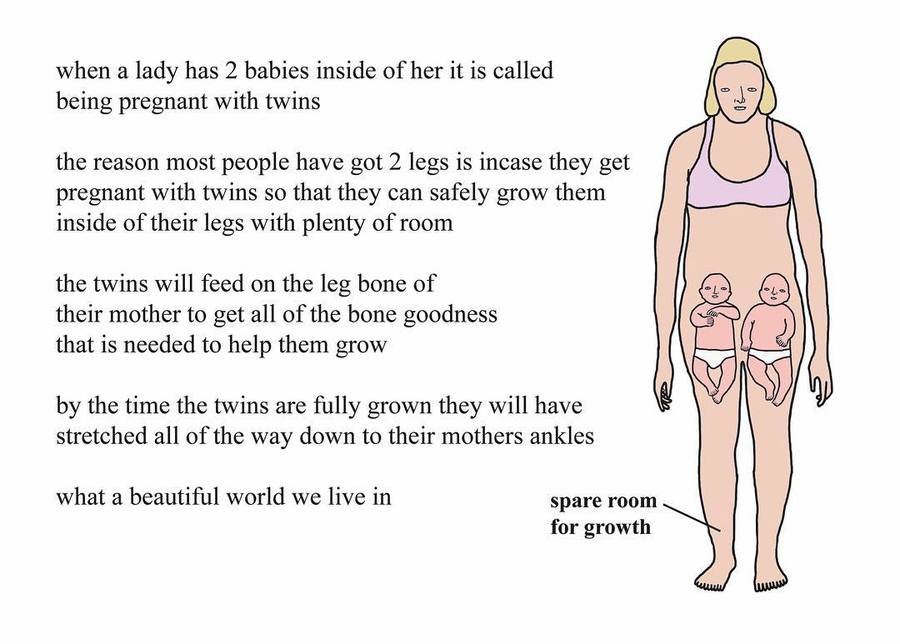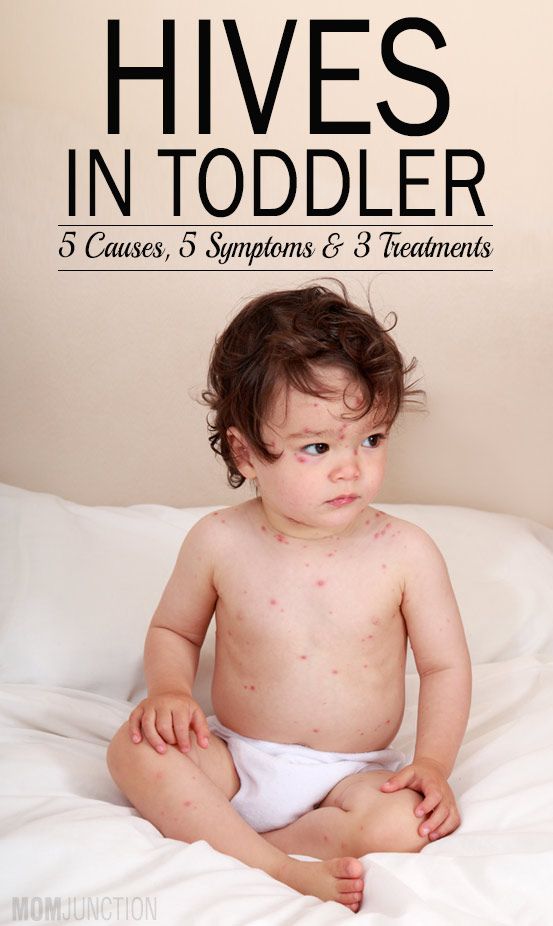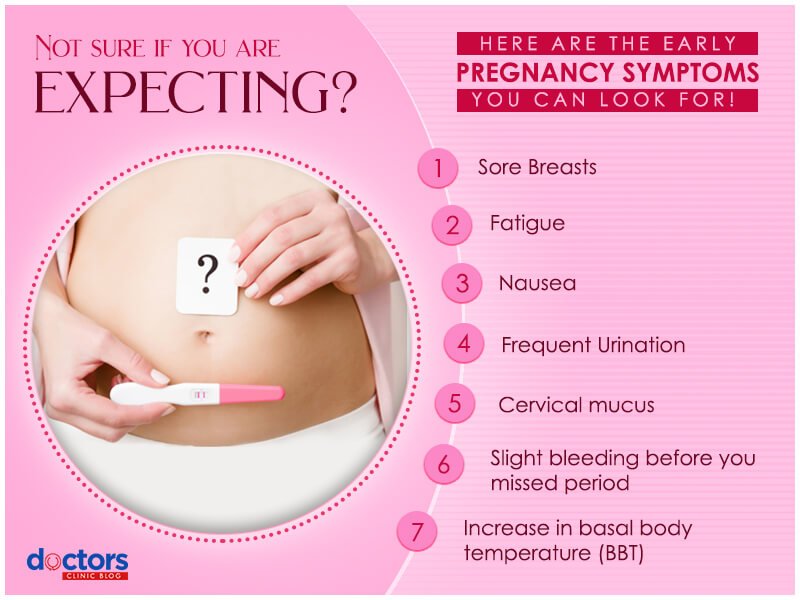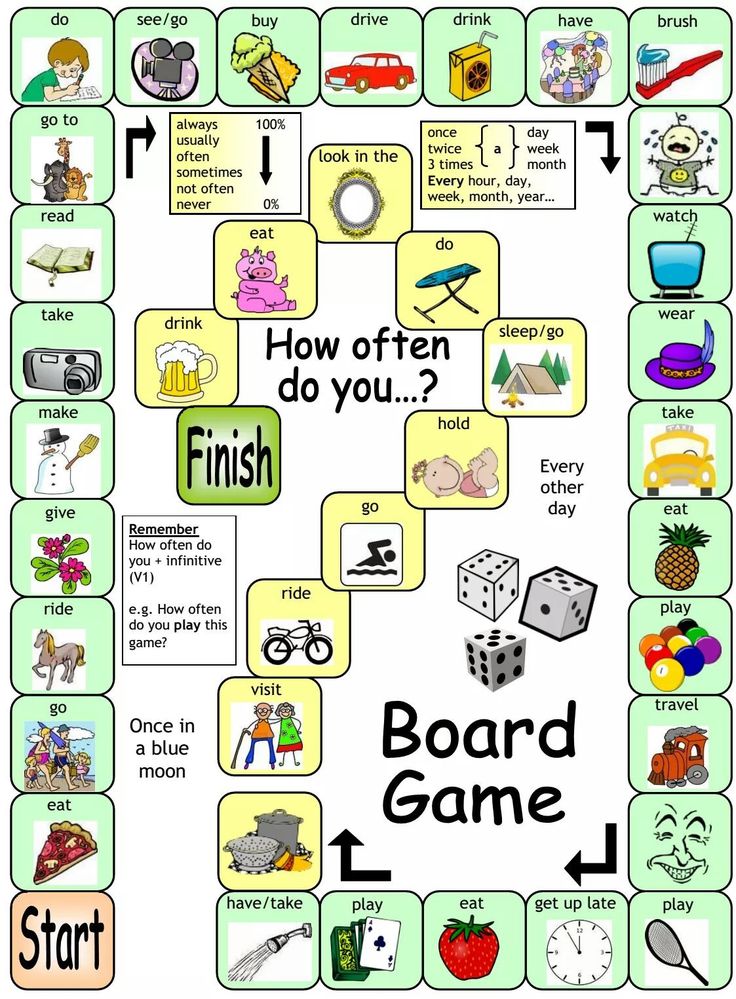What is a baby grow
Guide to the different types of baby clothes
226 shares
Baby clothes names left you feeling confused?
When I was shopping for my first baby I was totally lost when it came to the difference between onesies, bodysuits and babygrows. Were they all the same thing? Did I need everything? And how many of each should I buy?
Do not worry. This article is going to explain exactly what the heck we mean by babygrow, why a baby onesie is different to an adult onesie and why you need both onesies and bodysuits!
If you want help with what size baby clothes to buy and how many, I’ve got you covered!
Check out my post that gives you a complete checklist on how many newborn baby clothes to buy in each size.
Let’s take a look at key baby clothing terminology and definitions.
This post contains affiliate links.
Baby clothes names
The main baby clothes names to consider are babygro, onesie, sleepsuit, romper and pramsuit. All of these are baby essentials and two of them – babygro and sleepsuit – are the same thing!
The reason why baby clothes aren’t just about tops and trousers or dresses like the rest of us is that babies need layers.
They don’t regulate their temperature in the same way so simple layers of cotton clothing – which is gentler on their sensitive skin – is the way to go.
The general rule of thumb, as explained to me by the midwives after I had my first baby, is to put baby in one more layer than you are wearing to keep them comfortable.
So if you’re at home wearing a tee you want to dress baby in a onesie and a babygrow.
How you dress your baby at night is made super easy by companies like The Gro Company, who make fabulous baby sleeping bags. Each sleeping bag, known as a Gro Bag, comes with a chart showing you what baby should wear for bed depending on the temperature in their room. This is an easy guide to make sure your baby doesn’t get too hot or too cold.
For newborns you can get Gro Swaddles which feature an easy zip near the legs so you can change their nappy at night without completely unwrapping the bag! So clever.
What’s the difference between a onesie, sleepsuit, bodysuit and babygrow?
If you’re confused by all of these baby clothes names then don’t fear, we are going to break them all down for you and it’s not a stupid question at all.
Search any internet parenting forum and you will see dozens of fellow mamas who are equally confused by what a onesie is.
The key thing to know is that there are many terms for baby clothes, but actually some overlap and refer to exactly the same thing! Different baby clothing brands may use different terms, but actually it’s all one in the same.
What is a onesie?
A onesie, also known as a bodysuit, is a top that fits over baby’s nappy (usually fastened with poppers) and has long or short sleeves but no legs.
So a onesie and a bodysuit are the same thing!
In the summer on a hot day your baby may be perfectly happy rolling around in just a short-sleeved onesie.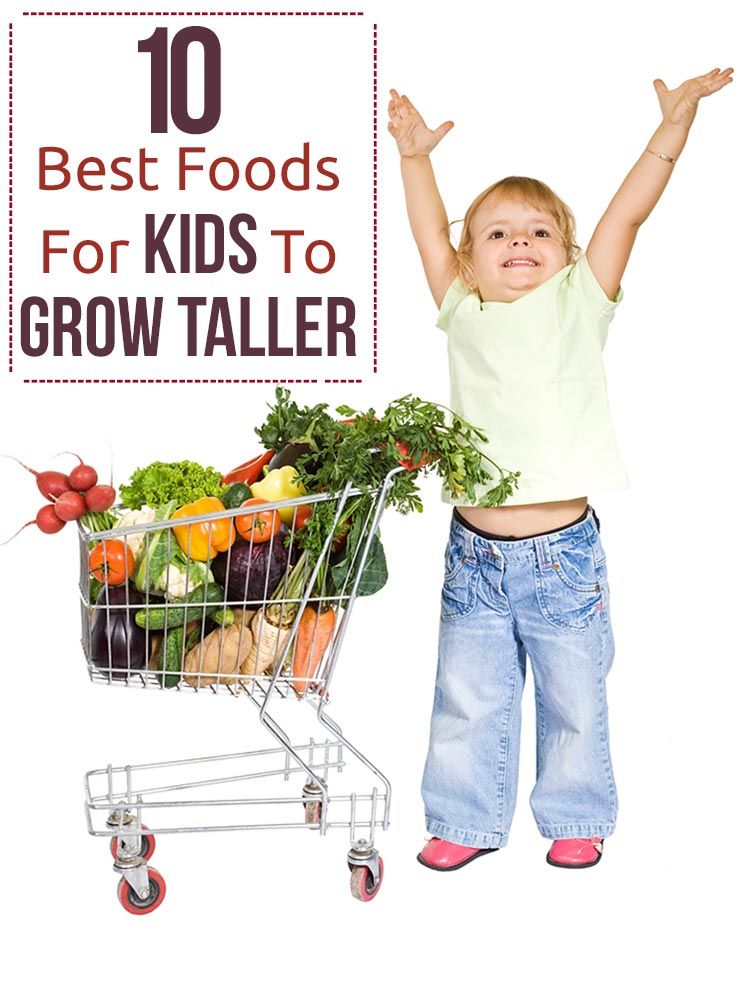 It means their legs are free to kick about and they can stay cool. These short-sleeved onesies are really cute.
It means their legs are free to kick about and they can stay cool. These short-sleeved onesies are really cute.
They’re also great as a simple layer for bedtime on very hot, sticky nights. I would often put my kids down in a light 0.5 tog sleeping bag wearing a onesie when the temperature crept above 22C in their room.
In winter a onesie, or bodysuit, is used as an extra layer to keep baby warm. So on a chilly day you may dress baby in a onesie, topped with a babygrow (more on those in a minute) and then add a cardigan or jumper on top.
At nighttime a onesie may also be worn under pyjamas as an extra layer to keep baby warm.
When we talk about adult clothing, a onesie features long legs and sleeves, which in baby terminology would be described as a babygrow.
What is the difference between a babygrow and sleepsuit?
A babygrow, or babygro, and a sleepsuit are exactly the same thing. They may also be referred to as footies or sleepers.
It is an all-in-one, coverall outfit.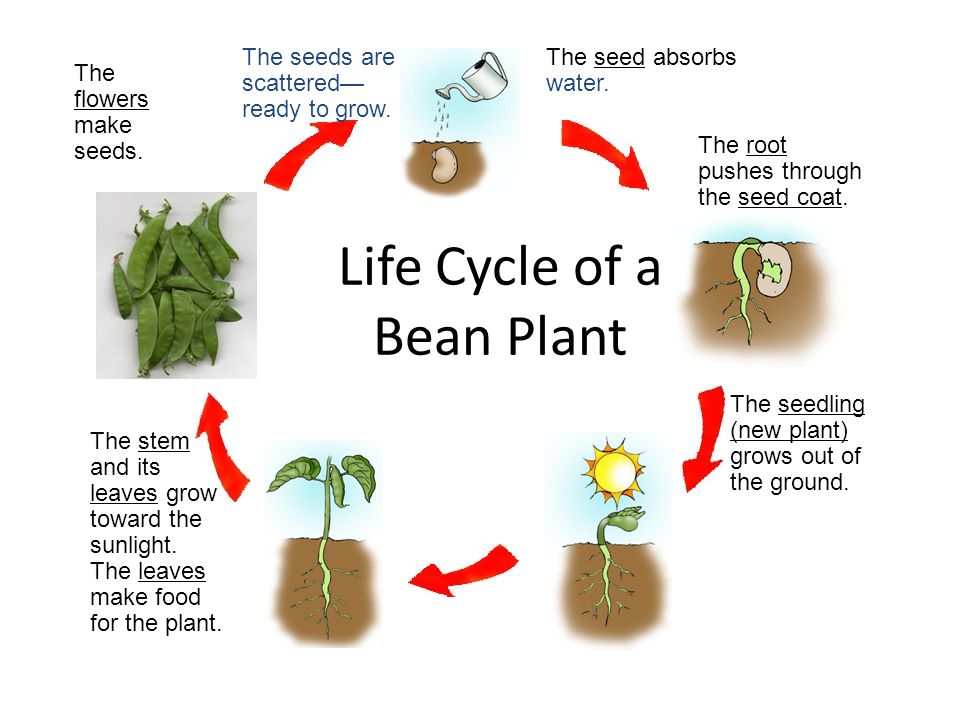
Most cover the feet, but you can also get footless sleepsuits which are good for warm summer days to avoid feet getting too sweaty. They also make great baby PJs.
Most babygrows are made of cotton but you can also find babygrows made from material such as muslin.
Some babygrows will do up with poppers, while others may use zippers or buttons.
Zippers are much easier to deal with at night when the light is low – it can be easy to get confused with matching up the poppers especially when they extend down the legs too.
Many babygrows also come with scratch mits built in to the sleeves of the outfit. All you need to do is fold them over baby’s hands and they have scratch mits that they cannot pull off!
The Gro Company makes Grosuits, which feature quilted sleeves. This keeps baby’s arms cosy when they are tucked up in a sleeping bag at night, as the baby sleeping bags do not cover arms.
What is a romper?
A romper is a one-piece outfit with open feet and hands.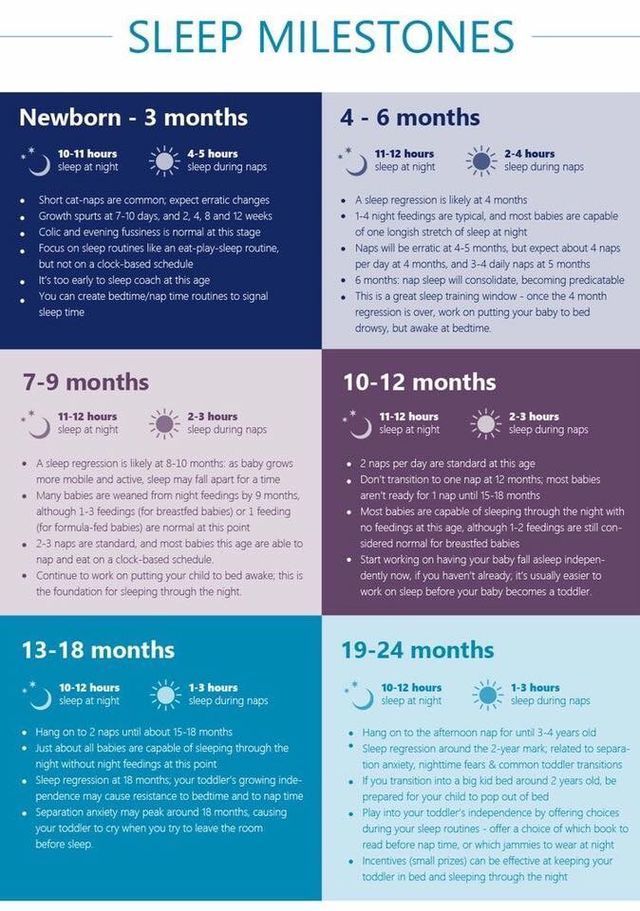 Some come with no sleeves or legs, which are fabulous in warmer weather.
Some come with no sleeves or legs, which are fabulous in warmer weather.
A romper may also be known as a romper suit or sleep suit by baby clothing brands (confusingly crossing over with the babygrow).
Always look at a picture of the item of clothing you are buying if ordering online, just to be sure you know exactly what you are getting!
Baby clothing terminology summary
Onesie or bodysuit – A top with no legs that fastens over the nappy. It may have long or short sleeves.
Babygrow (babygro/sleepsuit) – all-in-one outfit with long sleeves and legs, generally covering the feet but some will be footless.
Footless sleepsuit – a babygrow with open feet.
Romper – a one-piece outfit with open feet and hands.
Pramsuit or snowsuit – a one-piece cold weather outfit.
Bloomers – Pretty little shorts that cover baby’s nappy. These are for the summer months.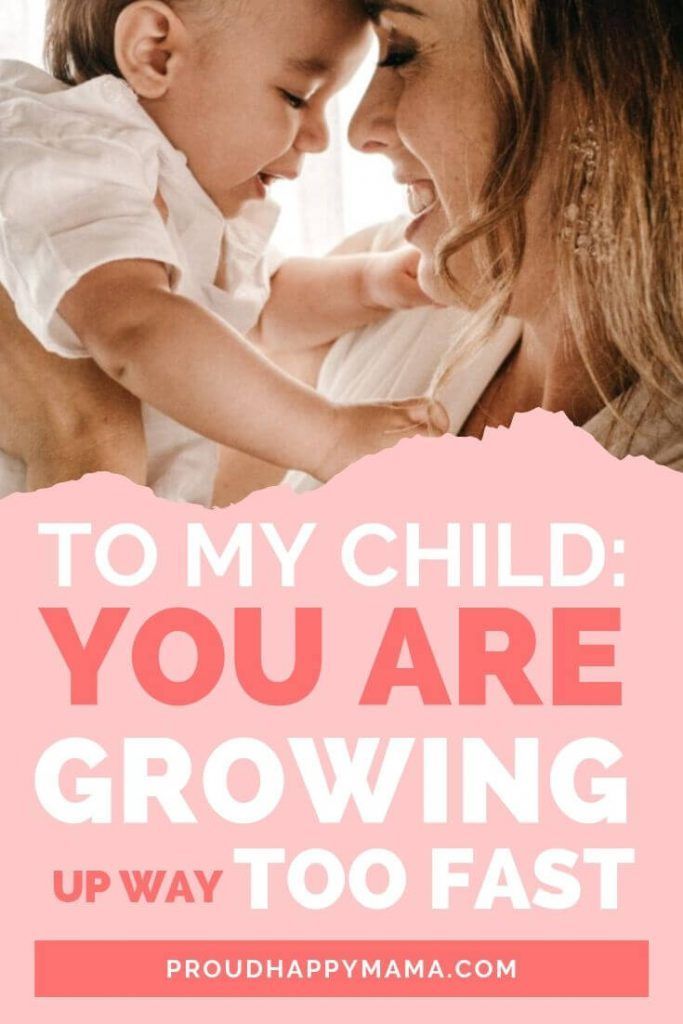
Scratch mits – Soft mittens worn on baby’s hands to stop them scratching their face with their fingernails. Newborn babies tend to rake hands over their face when they’re asleep.
So what type of baby clothes should I buy?
Putting all of this together, what baby clothes do you actually need?
As a basic “starter kit” you will be absolutely fine with:
- Onesies
- Babygrows
- Cardigans or jumpers
- Cotton hats
- Cosy coat or pram suit for wearing outside
You can keep your baby warm at night or when outdoors by layering them up with cotton blankets.
Your newborn baby won’t need to wear socks with a babygrow and they definitely do not need things like shoes until they start tottering around on their feet towards the end of the first year.
I found footless sleep suits useful at night with my first baby. She was a fidgety sleeper and sometimes her legs would get tangled up inside her babygrow!
When she was all tucked into a sleeping bag I knew her toes would be warm, so I didn’t need to worry about her feet not being clothed.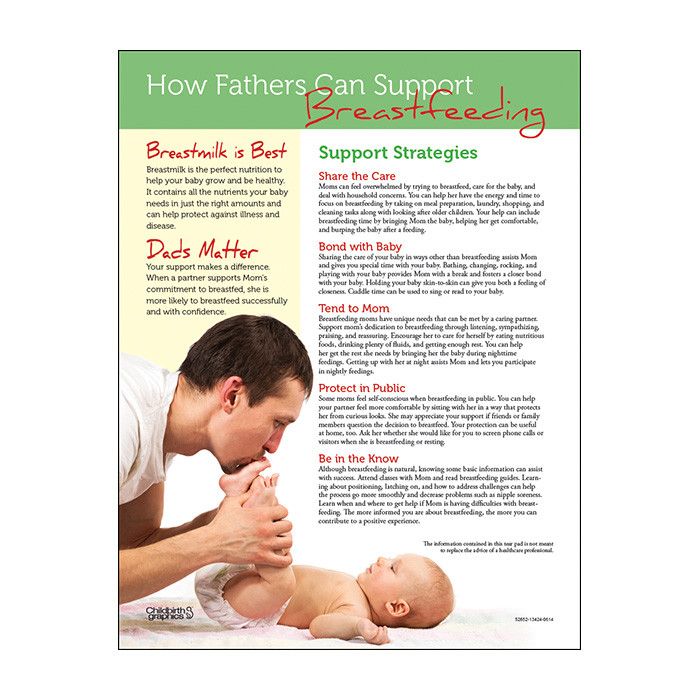
But footless sleep suits are not an essential item of baby clothing.
If your baby is born in the summer then you can simply strip them down to a sleeveless onesie on very hot days.
All of the other types of clothes, such as the sleeveless and legless romper and bloomers, are nice to have if you want to dress baby up in pretty, different outfits. But they are definitely not baby clothing essentials!
You can get leggings, dresses and long or short sleeved tops in a range of sizes for your baby. Some parents may find they prefer simple leggings and tops to babygrows, so that they don’t need to fiddle with poppers when doing them up.
It’s really up to you.
If you need more help with what to buy for your baby then you can check out this ultimate baby registry checklist. It’s got everything you need, and none of the stuff you really don’t.
How your baby develops week to week
See all parts of this guide Hide guide parts
-
1.
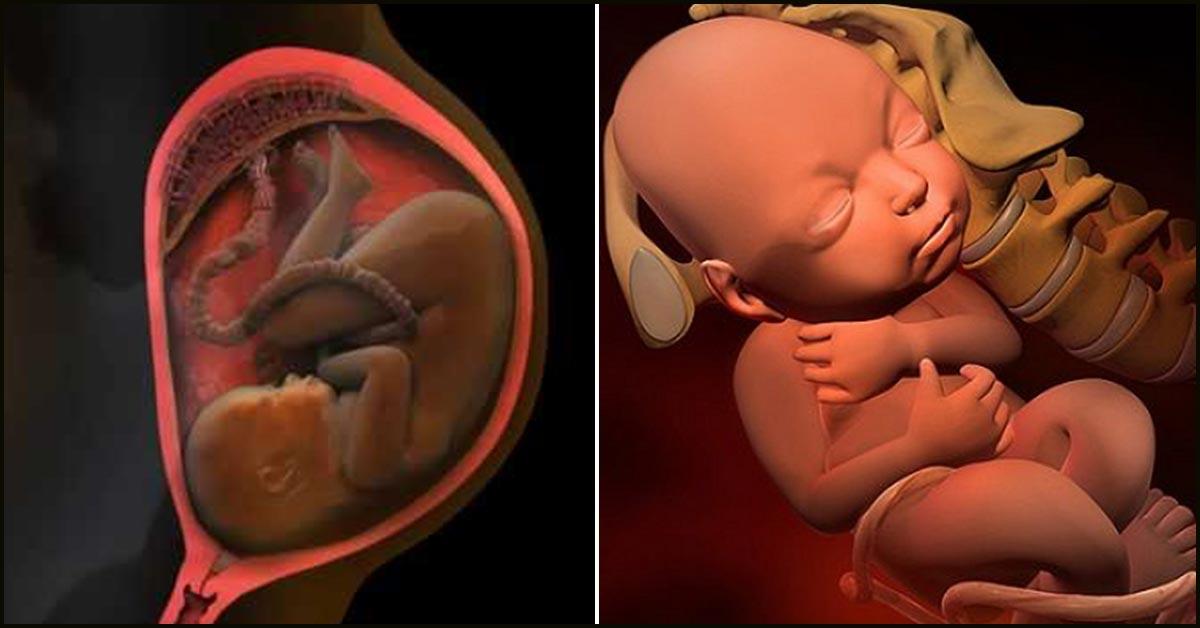 The first 8 weeks
The first 8 weeks
- 2. Week 9 to 16
- 3. Week 17 to 24
- 4. Week 25 to 32
- 5. Week 33 to 40
The first 8 weeks
The first 2 months are when your body gets ready for the changes that pregnancy brings. It’s also the time when your baby’s brain, heart, bones, blood vessels and organs develop.
It’s also the time when your baby’s brain, heart, bones, blood vessels and organs develop.
The sex of your baby and colour of their hair are determined when you conceive and before you even know you’re pregnant.
Every pregnancy is different
Every woman and every pregnancy are different. Sometimes things may happen for you a little earlier or a little later than for other mums to be. This is normal, so try not to worry.
First 4 weeks
By the end of the first week:
- if you conceived naturally, the fertilised egg (also called a blastocyst) has made its way along your fallopian tube and attached itself to the lining of your womb
- if you had assisted conception, the fertilised egg will already have been planted in your womb
When the blastocyst's strongly fixed to the lining of your womb it’s called an embryo. It’s about the same size as a full stop.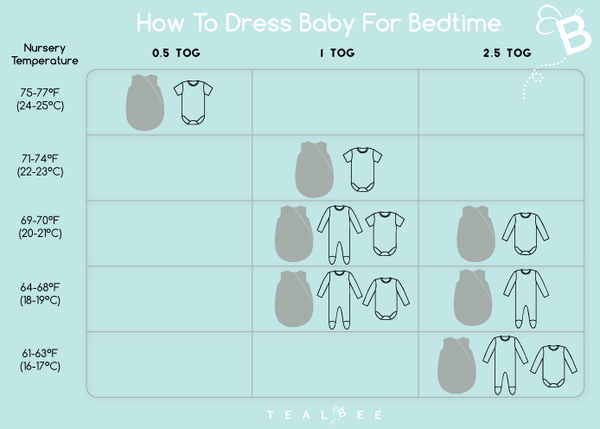
The cells on the outside of the embryo start to link with your blood supply, so your baby can get everything they need to grow. This link develops into the placenta, which is attached to your baby by a cord.
How your baby's growing
Your baby's growing at a faster rate than at any other time in your pregnancy, but they’re still difficult to see without a magnifying glass.
Your baby’s spine starts to grow very early in your pregnancy – often before you know you’re pregnant.
Folic acid
Folic acid (folate) helps:
- your baby’s spine to develop
- prevent neural tube defects, such as spina bifida
If you’re not already taking folic acid, now's the time to start.
More about taking folic acid in pregnancy
Week 5 to 8
Your baby’s spine starts to grow very early in your pregnancy – often before you know you’re pregnant.
Folic acid
Folic acid (folate) helps:
- your baby’s spine to develop
- prevent neural tube defects, such as spina bifida
If you’re not already taking folic acid, now's the time to start.
More about taking folic acid in pregnancy
Week 5 to 8
How you baby grows from week 6 to week 9 Public Health Scotland
By week 5 to 8 you may start feeling:
- very emotional as pregnancy hormones start to kick in - this is common and it’s normal to feel low one minute and happy and excited the next
- very tired - some women feel more exhausted in early pregnancy than at any other time
You may start feeling sick around week 6 – although some women go through pregnancy without feeling sick at all.
More about morning sickness
Look after your mental wellbeing
It's just as important to look after your emotional wellbeing as it is your physical health.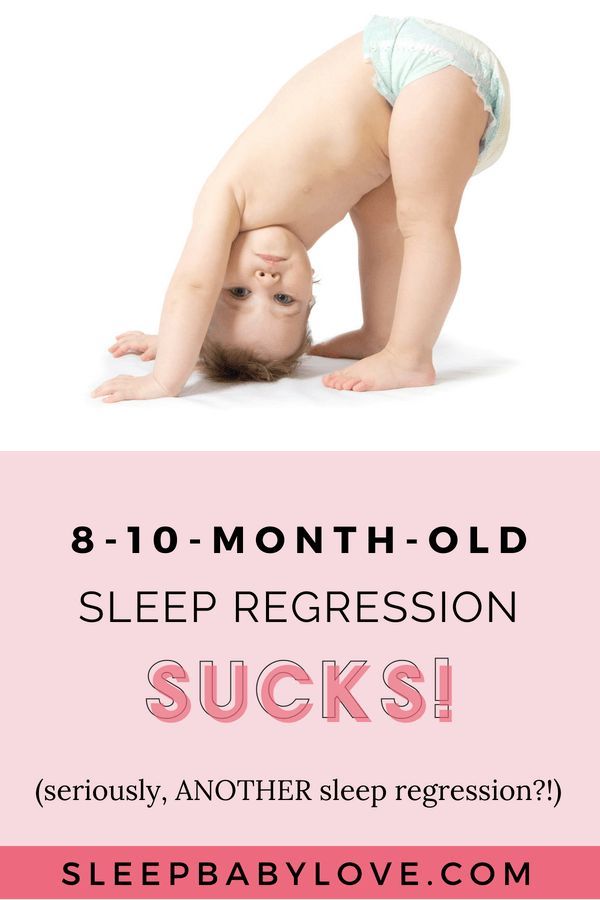 It's okay to not feel okay about being pregnant.
It's okay to not feel okay about being pregnant.
There's lots of help and support for mums to be and partners, so you don't need to manage alone. Talk to your partner, midwife or a friend about how you're feeling and get help if you need it.
How your body's changing
You may start noticing:
- your hair getting thicker
- some foods can start to taste different, and what you like or dislike may change
- you need to go to the toilet more often - your womb's now twice the size it was and is pushing on your bladder
- your breasts feel heavy and tender as they start developing the tissue that will make and store your breast milk
How your baby's growing
Your baby's still tiny but growing quickly. They grow from the size of an apple pip at week 5, to about the size of a raisin at week 8. They’re starting to look a bit like a tadpole, but the tail will disappear and become the bottom part of their back.
They’re starting to look a bit like a tadpole, but the tail will disappear and become the bottom part of their back.
Your baby's growing from 3 layers:
- the first layer becomes the nervous system and brain
- the second layer will be the major organs, such as the digestive system and lungs
- the third layer will be the heart, blood system, muscles and skeleton
By week 5 their heart and blood vessels are just starting to form.
By week 7 their heart's started to beat. Tiny buds are developing that will become their arms and legs.
By the end of the week 8, your baby has tiny hands and feet with webbed fingers and toes, and their lungs have started to grow.
Your baby's movements
Your baby's floating inside the amniotic sac (bag of waters) which will protect them throughout pregnancy.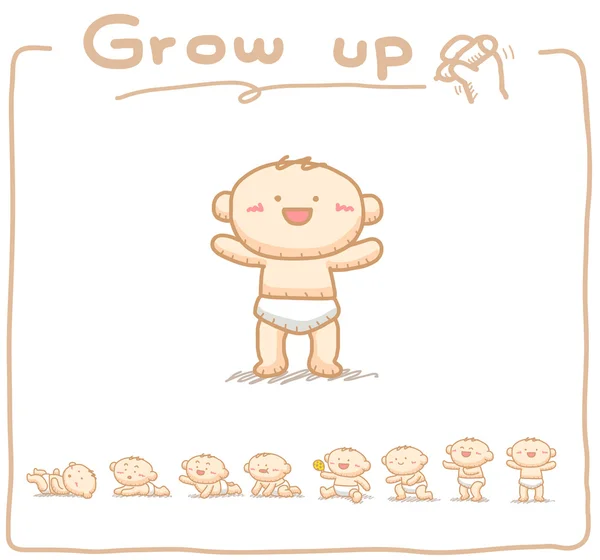
They may start to move around now, but you won’t feel any movement for a while yet.
More about how your baby moves
Week 9 to 16
By week 9 you don’t look pregnant yet, but your waistline may be changing and your breasts are probably getting bigger.
Now's a good time to get measured for a new bra to make sure you’re getting enough support.
How your baby's growing
Your baby:
- is about 2.5 cm long from the top of their head to their bottom
- has eyelids, but they'll stay closed for a few weeks yet
The ends of their arms and legs are starting to look like hands and feet.
Measuring your baby
Your midwife will measure your baby's growth at each antenatal visit.
To do this, they'll measure your tummy from the top of your pubic bone to the top of your bump. This is called the fundal height. They might also do a growth scan.
The measurements are put on a chart and checked to make sure your baby's growing well.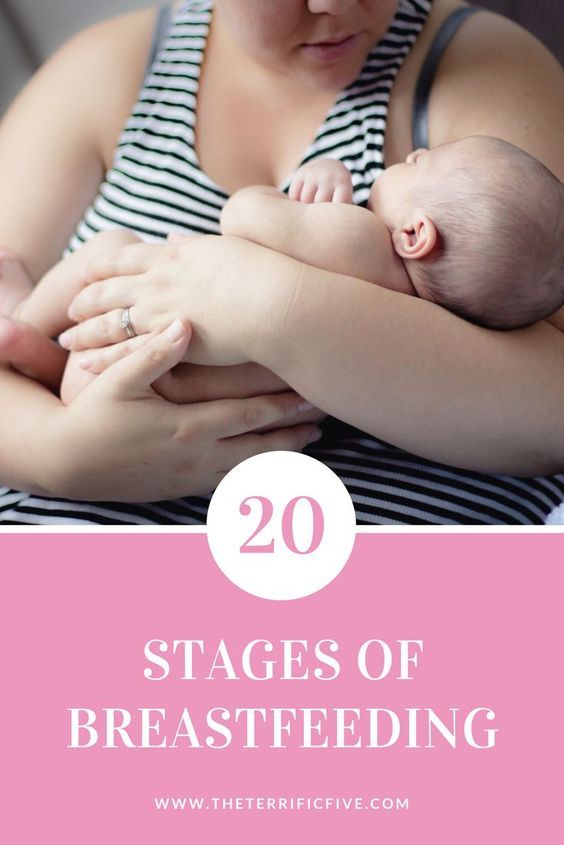
Week 10 to 11
By week 10 and 11 you’ll probably feel hungrier than usual because it takes a lot of energy to grow a baby.
Most women have an ultrasound scan about now, so you’ll be able to see your baby for the first time.
More about early pregnancy scans
How your baby's growing
Your baby is about 4 cm long from head to bottom and weighs about the same as a large grape.
Their:
- arms and legs are getting longer
- elbows bend
- fingers and toes are beginning to lose their webbing
- heart's fully developed and beating, but your midwife can’t hear it yet
- head will look big compared with the rest of their body – but don’t worry, their body will catch up
Week 12
Your baby at week 12 and 16 Public Health Scotland
By around week 12 some women start to get a small bump.
Screening tests in pregnancy
At about this time, you’ll probably be offered some tests and checks for you and your baby. Your midwife will help you make decisions needed.
Your midwife will help you make decisions needed.
More about screening tests in pregnancy
How your baby's growing
Your baby:
- will have their own special fingerprints
- can wave their legs and curl their fingers and toes, but you won’t feel this yet
- will have 20 little buds which will become their teeth
Fetal growth restriction
Sometimes antenatal checks pick up that a baby's smaller and lighter than they should be for the stage of pregnancy. This is called fetal growth restriction.
Most small babies are born healthy and grow into healthy children, but if they do have fetal growth restriction they'll need extra care during pregnancy.
More about fetal growth restriction
Week 13 to 14
By week 13 and 14 if you’ve had morning sickness it should be starting to get better, but for some women it carries on longer.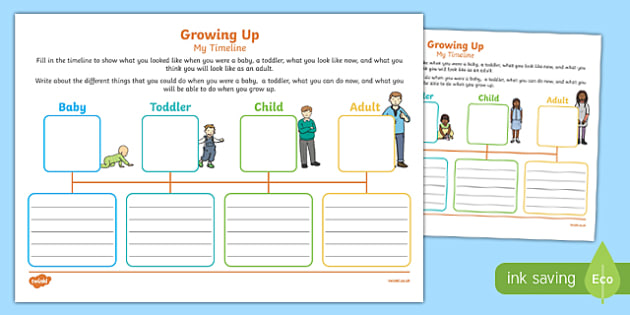
You may start to see a dark line appearing from your tummy button to your pubic hair. This is called the linea nigra.
How your baby's growing
Your baby is about 7 cm from head to bottom and now looks much more like a baby.
Their:
- ears have developed but they can’t hear yet
- liver, kidneys, digestive system and lungs are all developing
They now get all the energy and nutrients they need from you through the placenta.
Week 15 to 16
By week 15 and 16 you may have that pregnancy glow, and your:
- hair looks thicker
- skin's more plumped out
- bump's probably starting to show
- usual clothes will feel tight
You might just have started to feel your baby move inside you, although this doesn’t usually happen until later.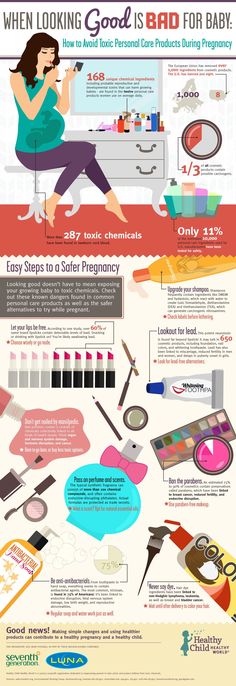
If you had been feeling sick this should start to pass. Your breasts should feel less tender too.
How your baby's growing
Your baby’s body is growing fast to catch up with the size of their head.
They:
- have fine, downy hair called lanugo on their body that will go before they’re born
- can suck their thumb
- can move all of their arms, legs and joints
Week 17 to 24
By week 17 and 18 you may be able to:
- hear your baby’s heartbeat when your midwife examines you
- feel your baby moving around (it may feel like bubbles or wind)
Your baby's probably kicking and moving around a lot, especially at night. Don't worry if you can’t feel anything yet.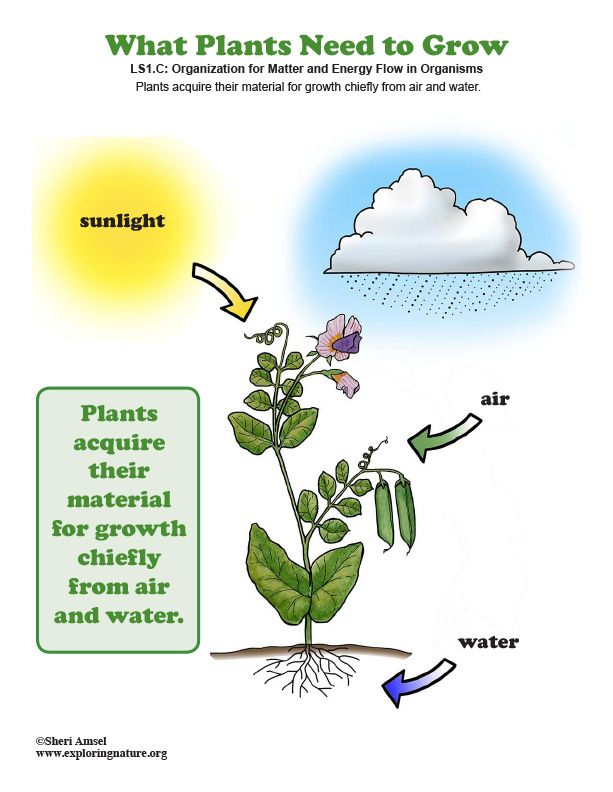
How your baby's growing
Your baby's about 13 cm from the top of their head to their bottom.
Their taste buds are beginning to form.
Week 19 to 20
Your baby at week 20 and 24 Public Health Scotland
You’re halfway there, so it may be now that it really sinks in that you’re going to be a parent.
You may feel:
- soreness (pain) in your back
- more tired
- hungrier, so have healthy snacks like fruit or nuts ready
Non-urgent advice: Speak to your midwife if:
- you feel slightly out of breath, as this may be a sign of thromboembolism.

You might also feel your baby kick and move, though if you allow someone to put their hand on your tummy they might not be able to feel it.
You’ll be offered a second ultrasound scan at about this time.
More about mid-pregnancy scans
Scotland’s Baby Box
The Baby Box is a welcome gift for every baby born in Scotland. It can help you get ready for the arrival of your baby and gives them a safe and comfortable place to sleep if safe sleeping guidelines are followed.
Your midwife will help you register for a Baby Box when you’re about 20 to 24 weeks pregnant.
More about the Baby Box
How your baby's growing
By week 20 your baby's about 25.5 cm from head to toe and very active.
They can grasp with their hands, and their:
- second teeth are beginning to form behind the first ones
- body starts to be covered with a white sticky substance called vernix, which forms a greasy waterproof layer on their skin
Week 21 to 22
As your baby grows, and your bump gets bigger, some women have difficulty sleeping. This may cause a bit of absentmindedness or forgetfulness. This is normal and nothing to worry about.
This may cause a bit of absentmindedness or forgetfulness. This is normal and nothing to worry about.
Some women also:
- get indigestion – speak to your midwife if this is troublesome
- have the odd leak of urine – so now is also a good time to start pelvic floor exercises if you haven’t already
How to do pelvic floor exercises
How your baby's growing
Your baby weighs about 500g, and:
- their eyebrows and eyelashes are growing
- they can hear sounds both inside and outside your body - if you chat to them they’ll get to know your voice and they might kick in response or quieten down to listen
Week 23 to 24
By week 23 and 24 it's normal for some women to have:
- backache
- varicose veins
- constipation
- leg cramps
You might also:
- develop skin tags (little bits of extra skin) at places where your clothes rub - these are nothing to worry about
- have rashes or spots
- find that your nipples, freckles and moles get darker
More about common health issues in pregnancy
Sleeping
From 24 weeks you should start going to sleep lying on your side.![]() Don’t worry if you wake up lying on your back, just roll on to your side again.
Don’t worry if you wake up lying on your back, just roll on to your side again.
It doesn’t matter if you lie on your right or left side.
How your baby's growing
Your baby:
- has skin but no fat (so they’ll look a bit wrinkly) - they're going to quickly put on weight over the next 4 weeks
- can hear well and can make out noises such as a rumbling stomach and your heartbeat, and outside noises such as music, voices and the vacuum cleaner
You should feel your baby move every day from about week 24.
More about your baby's movements
Week 25 to 32
By week 25 and 26 you’ll be walking differently because your centre of gravity's changed. Your feet, ankles and fingers might be swelling too, so sit with your feet up whenever you can.
It's normally perfectly safe to have sex when you're pregnant, but you and your partner might find that your desire for sex changes.
Sleep on your side
In the last 3 months of your pregnancy, go to sleep lying on your side. Don't worry if you wake up lying on your back, just roll onto your side again. It doesn't matter left or right side.
How your baby's growing
Your baby’s:
- practising making breathing movements, but their lungs aren’t completely developed yet
- moving about a lot, which might feel like rolling, jabs or stretching
Everyone's different, so:
- get to know what your baby's movements feel like
- try to work out when your baby's most active, so you can get to know what they’re doing and how much they’re moving
Your baby’s movements
If your baby's moving less or the pattern of their movements has changed it could be a sign of a health issue.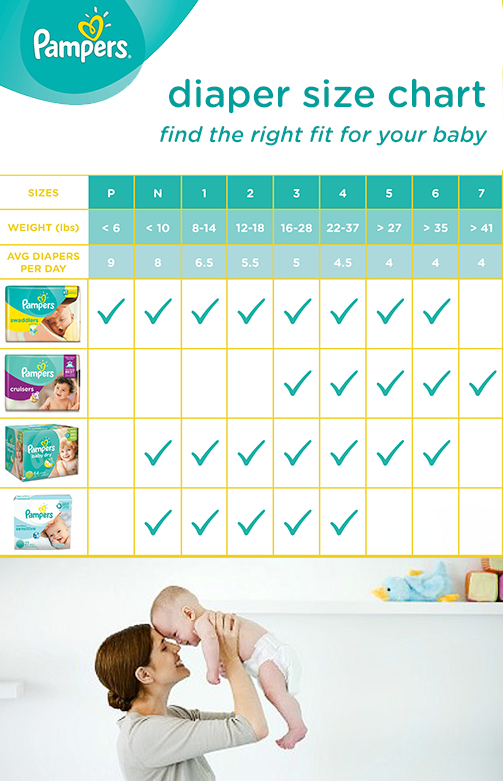
The sooner you pick up these changes, the sooner you can get the right treatment if there's something wrong.
Urgent advice: Phone your midwife or maternity unit immediately if:
- you think your baby’s movements have slowed down or stopped
Week 27 to 28
Your baby at week 28 and 32 Public Health Scotland
At week 28 you’re into your third trimester.
Because your baby's aware of voices, you and your partner or family members can talk, sing and play music to them. Finding a quiet time to do this helps you to bond with your baby and your baby feel safe and secure.
Braxton Hicks contractions
A Braxton Hicks contraction is when you feel your abdomen tightening for about 30 seconds, several times a day.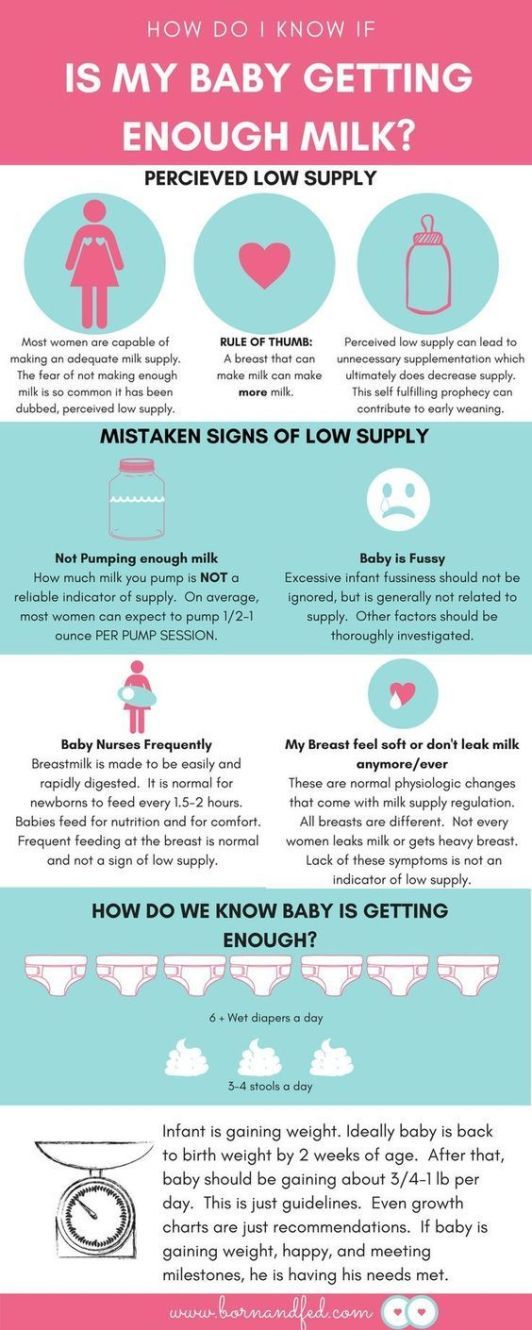 This can easily be mistaken for labour, but they're different from labour contractions.
This can easily be mistaken for labour, but they're different from labour contractions.
Braxton Hicks contractions can start happening from around week 28 onwards.
More about Braxton Hicks contractions
How your baby's growing
Your baby’s chances of surviving outside the womb are increasing week by week.
They're:
- developing some fat and muscle, and look less skinny
- beginning to remember things
They might begin to open and close their eyes, and can:
- turn their head towards a bright continuous light
- smell, taste and hear more as their brain's growing quickly
Week 29 to 30
By week 29 and 30 some women are uncomfortable lying down at this stage. If you’re finding it hard to sleep, try a cushion between your knees or at your side.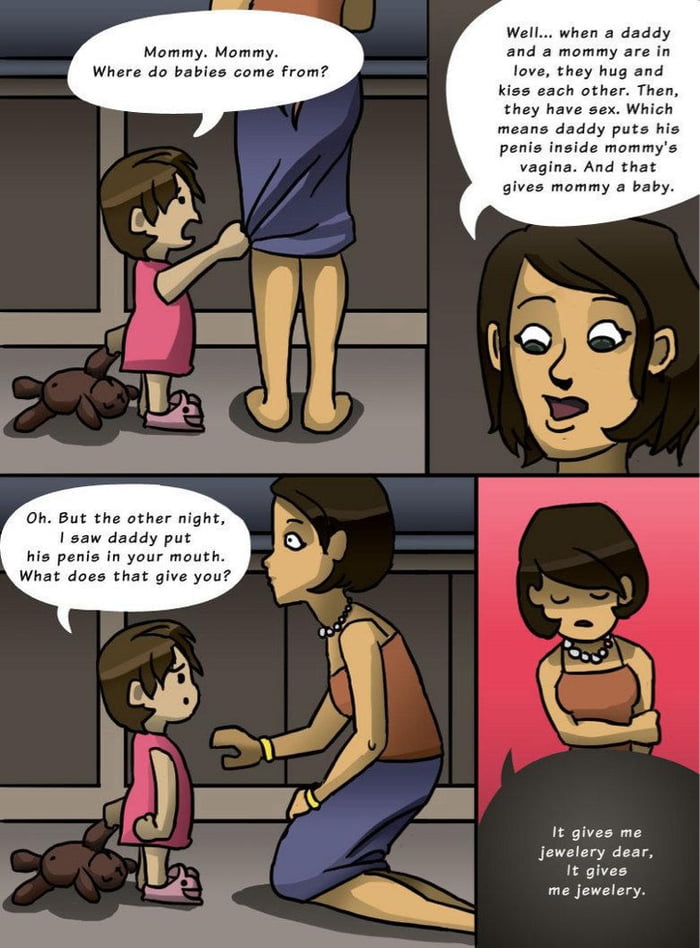
If you’re getting backache as your baby grows, try some gentle massage and make sure your posture's good.
How your baby's growing
Your baby's:
- about 40 cm from head to toe
- making breathing movements more regularly, and may surprise you if they've hiccups
The fine hair (lanugo) covering them may be starting to fall out.
Week 31 to 32
By week 31 and 32 you may have indigestion or feel a bit out of breath. This is caused by the pressure on your stomach and lungs as your baby gets bigger. If this happens don’t worry. Your baby's getting the oxygen they need from the placenta.
You may have some stretch marks as your bump grows. These can look quite discoloured but will fade to become faint, silvery lines.
Your Baby Box should have arrived. This usually happens 4 weeks after your register.
How your baby's growing
Your baby's about 42 cm from head to toe and putting on weight.
Their lungs have formed and are developing. They may also be dreaming while they’re asleep.
Week 33 to 40
By week 33 and 34 your breasts may be leaking colostrum to get ready for breastfeeding, but this doesn’t happen to everyone.
If you’ve got varicose veins, then resting with your feet up may help your legs feel better.
It's common for women to feel puffiness in their feet, ankles and fingers, but if your face is swelling too, tell your midwife, GP or the hospital.
More about common issues in pregnancy
How your baby's growing
Your baby's lungs are now fully developed, and they:
- can feel you touching them when you rub your tummy – if you see a bump, it might be their hand, foot or elbow
- can do all sorts of things, such as sucking and grabbing
- might be lying head down now to get ready for being born
Week 35
By week 35 you’ll probably be feeling tired. As there won’t be much time for rest after the birth, try to get as much as you can now.
As there won’t be much time for rest after the birth, try to get as much as you can now.
Take some gentle exercise, such as a walk or a swim, to help you relax and make it easier to sleep.
You should be thinking about things you can do, read or ask your midwife about now. This will help you feel as ready and confident as possible to be a parent when your baby arrives.
More about preparing for parenthood and caring for your new child
How your baby's growingYour baby weighs about 2.3 kg and is still putting on weight.
Their toenails and fingernails could almost do with a trim
Week 36
Your baby at week 36 and 40 Public Health Scotland
Your bump's getting lower (called lightening) as your baby gets ready to be born.
Your baby's head may be engaged, which means the widest part has moved down into your pelvis. Don’t worry if their head doesn’t engage at this stage as some babies don’t until labour starts.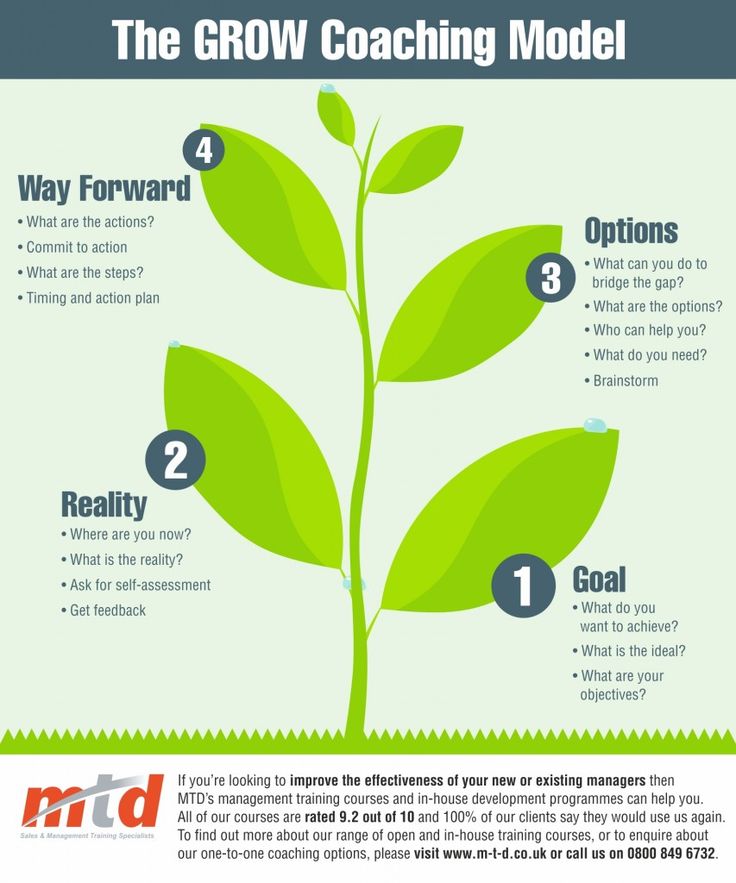
Your baby probably weighs about 2.7 kg. They're also still moving every day, but have less room to move around now.
Urgent advice: Phone your midwife or maternity unit immediately if:
- you think your baby’s movements have slowed down or stopped
Week 37 to 40
By week 37 to 40 you might be getting stronger and more frequent Braxton Hicks contractions.
You can help to ease any discomfort by:
- focusing on your breathing, as if you’re in labour
- lying down on your left side
Taking a gentle walk will be good for easing any aches and pains.
Plan for the birth
Many babies arrive earlier or later than their due date, so make sure your bags are packed and you're ready when baby is.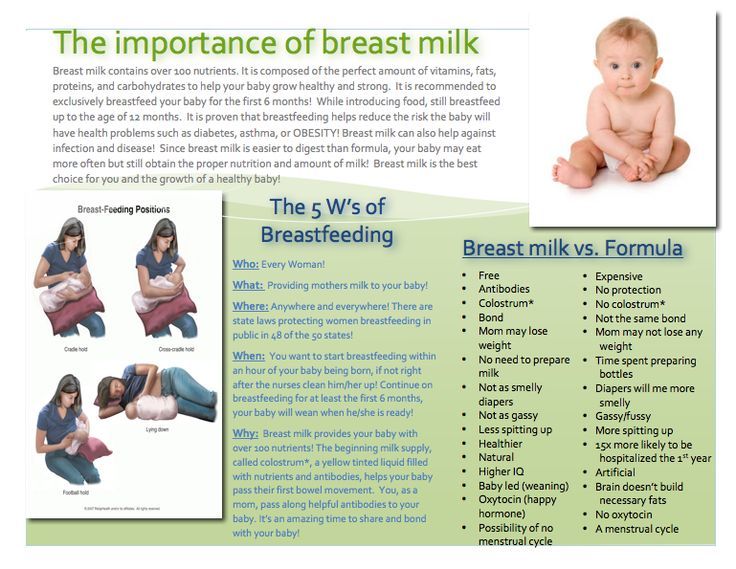
More about packing for the birth
How your baby's growing
Your baby's now fully developed and ready to be born. They're:
- putting on about 14 g in weight every day
- still covered in vernix, but the lanugo has gone
Grow, grow, baby - articles from the specialists of the clinic "Mother and Child"
Important dimensions
Indeed, height, body weight, and also the size of the circumference of the head and chest are the main indicators by which the physical development of the newborn is assessed child. Small or, conversely, large weight, the ratio of the circumference of the head and chest, the height of the baby are not just dry numbers, they can be used to suggest or exclude some diseases of the newborn. That is why, as soon as the baby is born, it is immediately measured, weighed and entered into the medical record.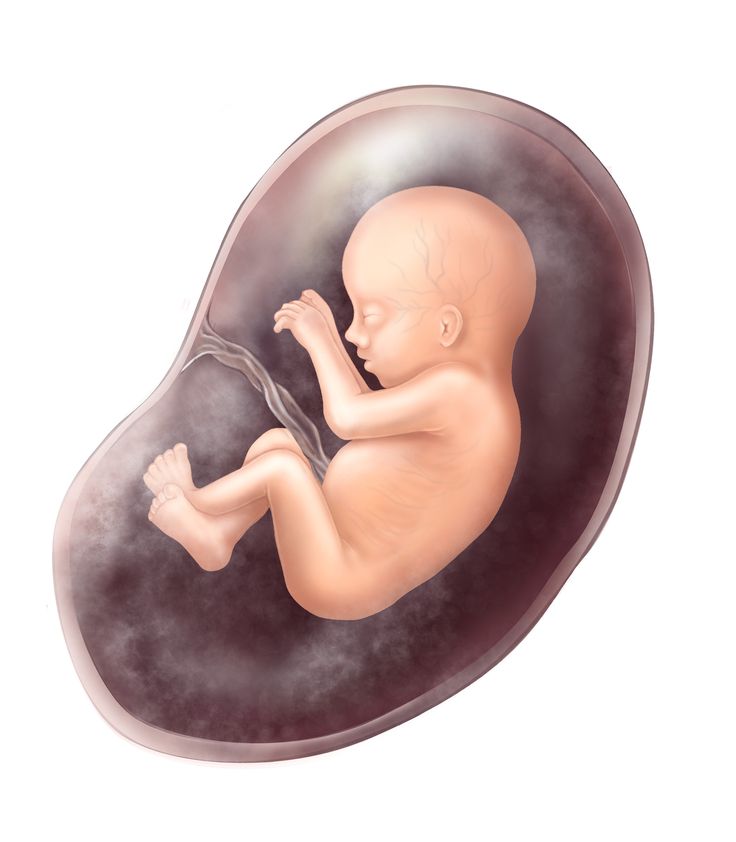 Then, in the first year of life, the height, weight, circumference of the chest and head of the child should be measured once a month, since the baby is growing very rapidly at this time.
Then, in the first year of life, the height, weight, circumference of the chest and head of the child should be measured once a month, since the baby is growing very rapidly at this time.
Term newborns are usually 46-56 cm tall. Boys are generally longer than girls, but if the parents are tall, a newborn girl may be significantly taller than the average newborn boy.
What happens to the growth of children in the first year of life? During this period, the child grows most intensively - by as much as 20–25 cm! In the future, such a significant increase in growth will no longer be.
After the first year, the growth rate decreases slightly: in the second year of life, the child grows by 8-12 cm, in the third - by 10 cm. After three years, it is considered normal if the child grows at least 4 cm per year.
It is known that the height of children increases unevenly, jumps. For example, there are seasonal and daily dynamics. Many parents notice that during the summer the child stretches more than at other times of the year. The first growth spurt usually occurs at the age of 4-5 years. The next usually falls on adolescence - the beginning of puberty. At this time, children grow very quickly - up to 8-10 cm per year and even more. Moreover, this happens in boys and girls, at different ages - girls “start” 1–2 years earlier, but then boys catch up with them and overtake them.
The first growth spurt usually occurs at the age of 4-5 years. The next usually falls on adolescence - the beginning of puberty. At this time, children grow very quickly - up to 8-10 cm per year and even more. Moreover, this happens in boys and girls, at different ages - girls “start” 1–2 years earlier, but then boys catch up with them and overtake them.
Interesting fact: those parts of the body that are farthest from the head grow faster (that is, the baby’s foot grows faster than the lower leg, and the lower leg, in turn, faster than the thigh), this is due to the age-related change in body proportions child.
What affects height
How a child will gain weight and grow in length depends on hereditary data, on his nutrition and on the quality of life in general. If mom and dad are tall, then the height of their son or daughter will most likely also be the same. Moreover, boys usually grow up in the same way as their dad (or a relative in the male line - uncle, grandfather), and girls follow the scenario of the "female line" (mother, grandmother, aunt).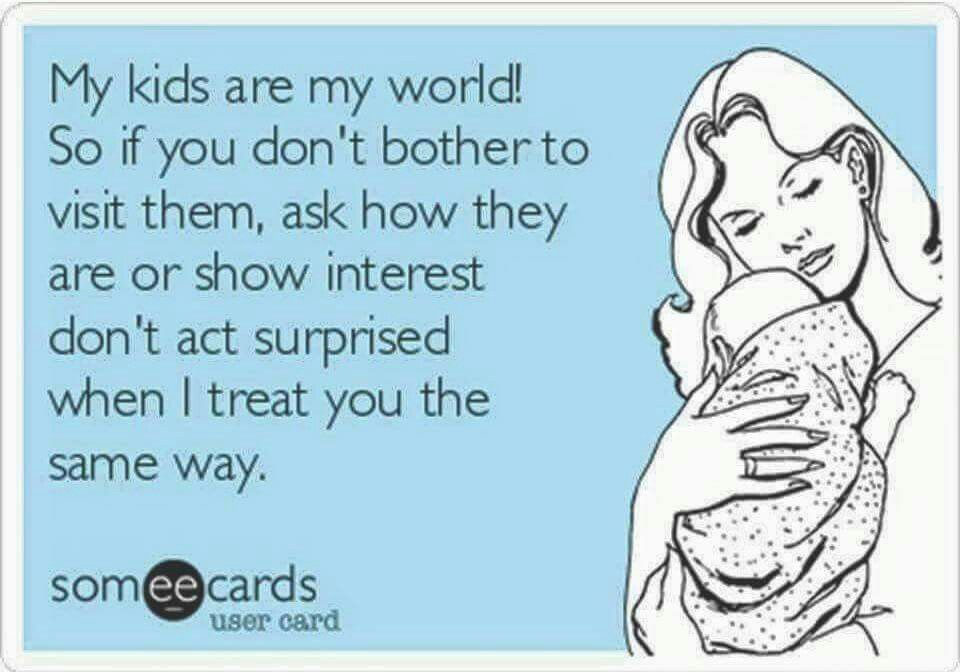 So if the father of a child up to a certain age was the last or penultimate in physical education in the ranks of his peers, and as a teenager he grew sharply in one summer, then it is likely that his son will also have the same growth rates.
So if the father of a child up to a certain age was the last or penultimate in physical education in the ranks of his peers, and as a teenager he grew sharply in one summer, then it is likely that his son will also have the same growth rates.
There are formulas that can calculate your child's genetic height. However, , depending on some other factors, the height of the child may be more or less, differ from the calculated one up to 10 cm!
Girls = (father's height in centimeters + mother's height in centimeters)/2 - 6.5 cm. 5 see
And, of course, the quality of a child's life is of great importance: if he grows up in good living conditions, often goes out into the fresh air (sunbaths are especially important), if he is taken care of a lot, pays attention to health, then growth and an increase in weight will correspond to the norm for his age.
It has also been established that children grow up in their sleep.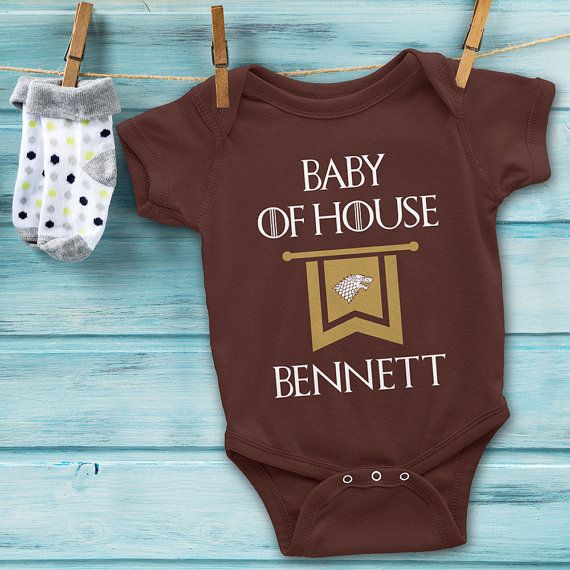 Growth hormone is released into the blood at night when the baby is fast asleep. Most of the hormone is produced between 22 and 24 hours, and only during deep sleep. So in order for the child to grow well, he must sleep at this particular time, and not just sleep - his sleep must already be deep. In addition, sleep should still be long enough: up to 12-14 years old, a child needs to sleep at least 10 hours, teenagers - at least 8.
Growth hormone is released into the blood at night when the baby is fast asleep. Most of the hormone is produced between 22 and 24 hours, and only during deep sleep. So in order for the child to grow well, he must sleep at this particular time, and not just sleep - his sleep must already be deep. In addition, sleep should still be long enough: up to 12-14 years old, a child needs to sleep at least 10 hours, teenagers - at least 8.
The child's growth must be closely monitored. There is such a condition as growth hormone deficiency (somatotropic insufficiency) - often this is a congenital disease. A child's pituitary gland produces very little growth hormone (GH) from birth. A child is born with normal height and weight, and then begins to grow poorly: at 2 years old, instead of the average 80–85 cm, he has a height of 78–80 cm. By the age of five, this lag is more and more noticeable, and every year the child is more and more lags behind peers. If such a child is not treated, then as an adult he will have a small stature: men are less than 140 cm, women are less than 130 cm.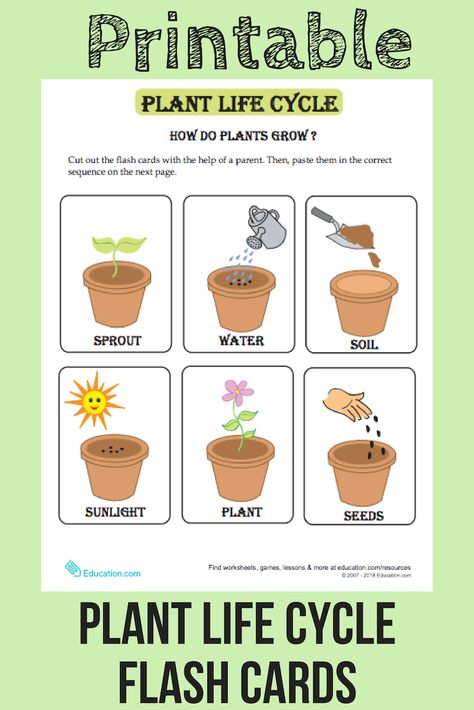 he is growing well.
he is growing well.
Record your baby's growth about once a year at the same time. If a child grows 4 cm per year after 4 years, this is normal, but if less, then this is a cause for concern.
When getting the results of measuring your baby, you need to remember that all children are different, and it is not necessary for every baby to reach the average height by a certain age. It is necessary to take into account growth at birth, as well as the rate of increase of these indicators: for example, a newborn with a height of 48 cm can differ significantly in anthropometric indicators from a child born with a height of 55 cm and a weight of 4000 g. And this is completely normal - it’s good when there are diversity!
The norm for a newborn is :
height: from 46 to 56 cm
Increase in height by months cm)
3-6 months: 2.5 cm monthly (total about 7.5 cm)
6-9 months: 1.5-2 cm monthly (total 4.5-6 cm)
9 -12 mo: 1 cm per month (total 3 cm)
Average 1-year growth:
height 75 cm
. It turns out that at this time a child of any age should not just sleep, but see the tenth dream - and deep. Therefore, in order to grow well, up to 12-14 years old you need to sleep at least 10 hours, teenagers - at least 8
It turns out that at this time a child of any age should not just sleep, but see the tenth dream - and deep. Therefore, in order to grow well, up to 12-14 years old you need to sleep at least 10 hours, teenagers - at least 8
Height may be affected by health problems. For example, chronic diseases of the respiratory system, heart and blood vessels, gastrointestinal tract, hormonal disorders. Regular intake of drugs containing glucocorticosteroid hormones (for example, to relieve asthma attacks) also slows down growth.
How to influence the growth of a child
- In order for a child to grow, the body needs amino acids, which can only be obtained from complete protein. 60% of the protein food should be dairy products, eggs, fish, poultry, meat - in general, animal products. They should not be very fatty, as fat inhibits the production of growth hormone.
- Carbohydrates provide energy for growth, but they must be obtained from cereals and grain dishes.
 Sweets, which do not contain fiber, slow down the production of growth hormone. Uncrushed cereals (buckwheat, millet, pearl barley, etc.), on the contrary, increase the synthesis of growth hormone.
Sweets, which do not contain fiber, slow down the production of growth hormone. Uncrushed cereals (buckwheat, millet, pearl barley, etc.), on the contrary, increase the synthesis of growth hormone. - Vitamins and minerals are also important for growth. Especially vitamin D, the lack of which develops rickets.
- Don't forget calcium and iodine. Calcium increases the volume and strength of bones, iodine is part of the thyroid hormones, which also affect growth.
- The general routine of the day is also important: the child should not be overloaded both physically and psychologically. He should walk a lot and sleep well.
Attention! Prices for services in different clinics may vary. To clarify the current cost, select the clinic
The administration of the clinic takes all measures to update the prices for programs in a timely manner, however, in order to avoid possible misunderstandings, we recommend that you check the cost of services by phone / with the managers of the clinic
All directionsSpecialist consultations (children)Massage / manual therapy for childrenTherapeutic research
01.
Specialist consultations (children)
02.
Massage/manipulation for children
03.
Therapeutic research
- Nothing found The administration of the clinic takes all measures to timely update the price list posted on the website, however, in order to avoid possible misunderstandings, we advise you to clarify the cost of services and the timing of the tests by calling
Height and weight gain for children of the first year of life. Tables
Dear parents, your baby is growing and you are worried about whether he is gaining enough weight and height. For control, there are centile tables for assessing the physical development of children, weight and height indicators. At the same time, you must remember that each baby is individual, he cannot grow according to the textbook. These weight and height recommendations are based on an average number of children and 10% deviation is normal. In addition, the centile corridor from 25% to 75% is an average physical indicator.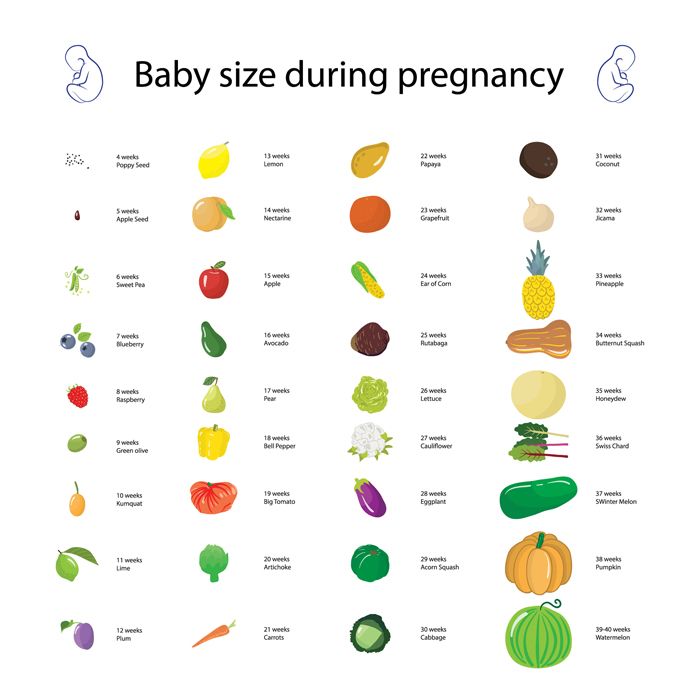 That is why they say: Physical development is mesosomatic, macrosomatic, microsomatic.
That is why they say: Physical development is mesosomatic, macrosomatic, microsomatic.
It is important that the weight and height indicators are in the same centile corridor, but no more than two adjacent ones. Then we can talk about harmonious development. If the gap is more than two centile corridors, the development is disharmonious. Then we can think either about an unbalanced diet or about a pathology associated with obesity (paratrophy), or protein-energy deficiency (hypotrophy). In addition, one should not forget about the constitutional characteristics of the child, about genetic predisposition. Therefore, in no case should you compare your child with a neighbor's. To talk about the health of a child, we evaluate his condition according to many criteria. This is neuropsychic development, laboratory examination data, anamnesis, heredity. How many times in my practice have I met children who gained 400-450 g in weight every month, by the year they barely gained 7.8-8 kg.![]() But at the same time, children already at 10 months began to walk, pronounce syllables, and follow complex instructions.
But at the same time, children already at 10 months began to walk, pronounce syllables, and follow complex instructions.
We'll talk about weight and height gain for term babies. In preterm infants, rates of weight gain and height differ according to the degree of prematurity. In addition, children can be born with intrauterine malnutrition.
The tables for girls and boys are different in terms of numerical indicators, but at 1 year of age, these differences are quite minimal.
Centile tables for assessing the physical development of girls from 0 to 12 months.
| Body length (height), cm. Centiles in % | Age in months | Body weight, kg. Centiles in % | ||||||||||||
| 3 | 10 | 25 | 50 | 75 | 90 | 97 | 3 | 10 | 25 | 50 | 75 | 90 | 97 | |
| 45. | 47.5 | 49.8 | 50.7 | 52.0 | 53.1 | 53.9 | 0 | 2.6 | 2.8 | 3.0 | 3.3 | 3.7 | 3.9 | 4.1 |
| 48.5 | 50.3 | 52.1 | 53.5 | 55.0 | 56.1 | 57.3 | 1 | 3.3 | 3.6 | 3.8 | 4.2 | 4.5 | 4.7 | 5.1 |
| 51.2 | 53.3 | 55.2 | 56.8 | 58. | 59.3 | 60.6 | 2 | 3.8 | 4.2 | 4.5 | 4.8 | 5.2 | 5.5 | 5.9 |
| 54.0 | 56.2 | 57.6 | 59.3 | 67.7 | 61.8 | 63.6 | 3 | 4.4 | 4.8 | 5.2 | 5.5 | 5.9 | 6.3 | 6.7 |
| 56.7 | 58.4 | 60.0 | 61.2 | 62.8 | 64.0 | 65.7 | 4 | 5. | 5.4 | 5.8 | 6.2 | 6.6 | 7.0 | 7.5 |
| 59.1 | 60.8 | 62.0 | 63.8 | 65.1 | 66.0 | 68.0 | 5 | 5.5 | 5.9 | 6.3 | 6.7 | 7.2 | 7.7 | 8.1 |
| 60.8 | 62.5 | 64.1 | 65.5 | 67.1 | 68.8 | 70.0 | 6 | 5.9 | 6.3 | 6.8 | 7.3 | 7. | 8.3 | 8.7 |
| 62.7 | 64.1 | 65.9 | 67.5 | 69.2 | 70.4 | 71.9 | 7 | 6.4 | 6.8 | 7.3 | 7.7 | 8.4 | 8.9 | 9.3 |
| 64.5 | 66.0 | 67.5 | 69.0 | 70.5 | 72.5 | 73.7 | 8 | 6.7 | 7.2 | 7.6 | 8.2 | 8.8 | 9.3 | 9.7 |
| 66.0 | 67. | 69.1 | 70.2 | 72.0 | 74.1 | 75.5 | 9 | 7.1 | 7.5 | 8.0 | 8.6 | 9.2 | 9.7 | 10.1 |
| 67.5 | 69.0 | 70.3 | 71.9 | 73.2 | 75.3 | 76.8 | 10 | 7.4 | 7.9 | 8.4 | 9.0 | 9.6 | 10.1 | 10.5 |
| 68.9 | 70.1 | 71.5 | 73.0 | 74.7 | 76. | 78.1 | eleven | 7.7 | 8.3 | 8.7 | 9.3 | 9.9 | 10.5 | 10.9 |
| 70.1 | 71.4 | 72.8 | 74.1 | 75.8 | 78.0 | 79.6 | 12 | 8.0 | 8.5 | 9.0 | 9.6 | 10.2 | 10.8 | 11.3 |
At the same time, until the age of three months, the child adds 20-30 grams per day daily, respectively, from 140 to 200 per week. If we talk about the average weight gain by months, then it is only 600 g per month, since the child after birth has physiological weight loss (with urine, feces, transition from intrauterine feeding to breastfeeding during the adaptation period), approximately 10% of the weight, which is 200-300 grams.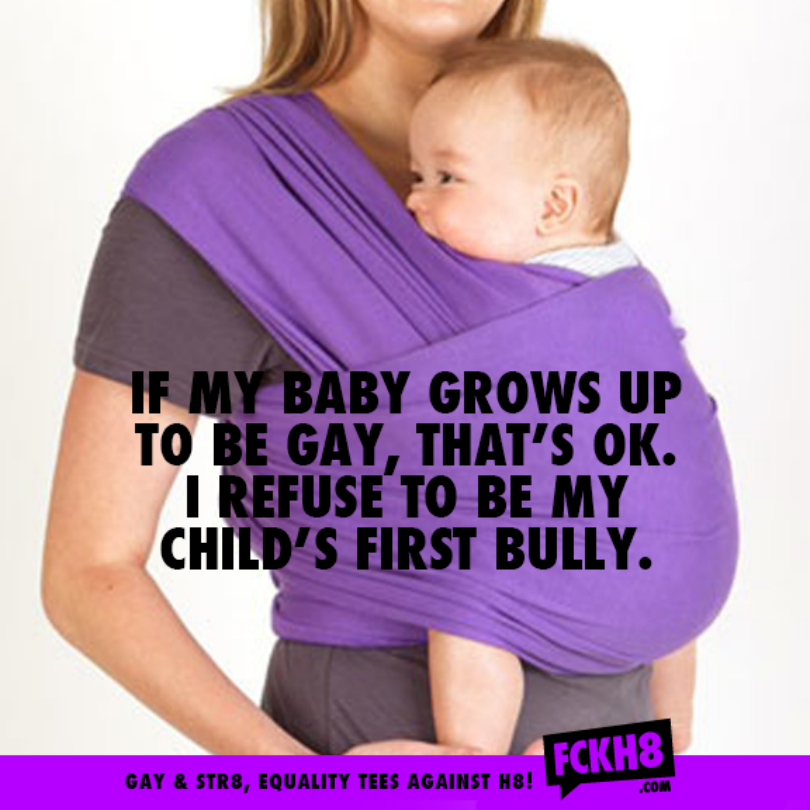
More often, by 3-4 days, the child restores its original weight, and then there is an increase. But I had a case in practice when the child began to gain weight from the 20th day of life, while the girl was active, reflexes were alive, her appetite was good, she could withstand the night interval, stool 4-5 times a day, urination was sufficient, developed according to age. Therefore, do not worry. Our indicator is the well-being of the child. If the baby is active, eats with appetite, sleep is calm, the skin is clean, physiological functions are not disturbed, be calm, your baby is healthy and not hungry. You see from the table the range of weight per year is from 8 to 13 kg. This is the norm. There is no reason to run to the endocrinologist, genetics, to examine the child.
Or the opposite situation: in the first months of life, a child gains 1-1.5 kg while breastfeeding. If the baby does not have colic, he does not spit up, there are no gastrointestinal manifestations, he is active, the skin is clean, physiological functions are not disturbed - this is also the norm.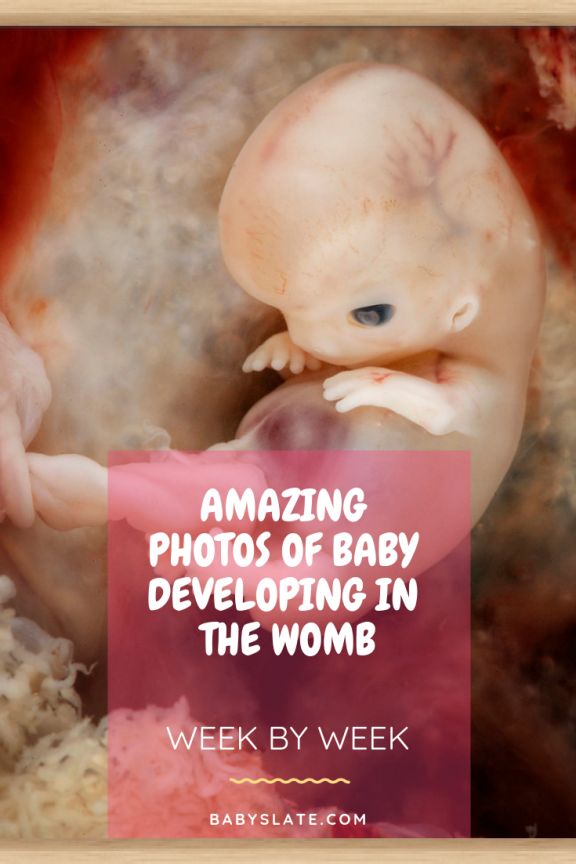 Remember, as often happens, premature babies quickly gain weight and catch up with their peers by the year. And large babies gain weight more slowly. In my entire thirty-year practice, only two children weighed 14-15 kg by the year, although their parents were large and tall. By the age of three, they weighed almost the same, added only in height, the rest of their peers caught up with them.
Remember, as often happens, premature babies quickly gain weight and catch up with their peers by the year. And large babies gain weight more slowly. In my entire thirty-year practice, only two children weighed 14-15 kg by the year, although their parents were large and tall. By the age of three, they weighed almost the same, added only in height, the rest of their peers caught up with them.
| Month | Weight gain in grams |
| 1 | 600.0 |
| 2 | 800.0 |
| 3 | 800.0 |
| 4 | 750.0 |
| 5 | 700.0 |
| 6 | 650.0 |
| 7 | 600.0 |
| 8 | 550. |
| 9 | 500.0 |
| 10 | 450.0 |
| eleven | 400.0 |
| 12 | 350.0 |
It is believed that by 4-4.5 months the child should double the weight, and triple by the end of the year.
It happens that the increase in height and weight goes in leaps, seasonality, unevenness, and sometimes asymmetry of growth are noted. Pediatricians are concerned about the circumference of the head and chest, by 2-3 months they should be equal. Further, the breast grows faster. This is important so as not to miss the pathology.
The younger the child, the faster his growth. In the first 3 months of life, body length increases by 3 cm monthly, in the second quarter by 2.5-2 cm monthly. In the third - 1.5-2 cm, in the fourth - 1 cm monthly.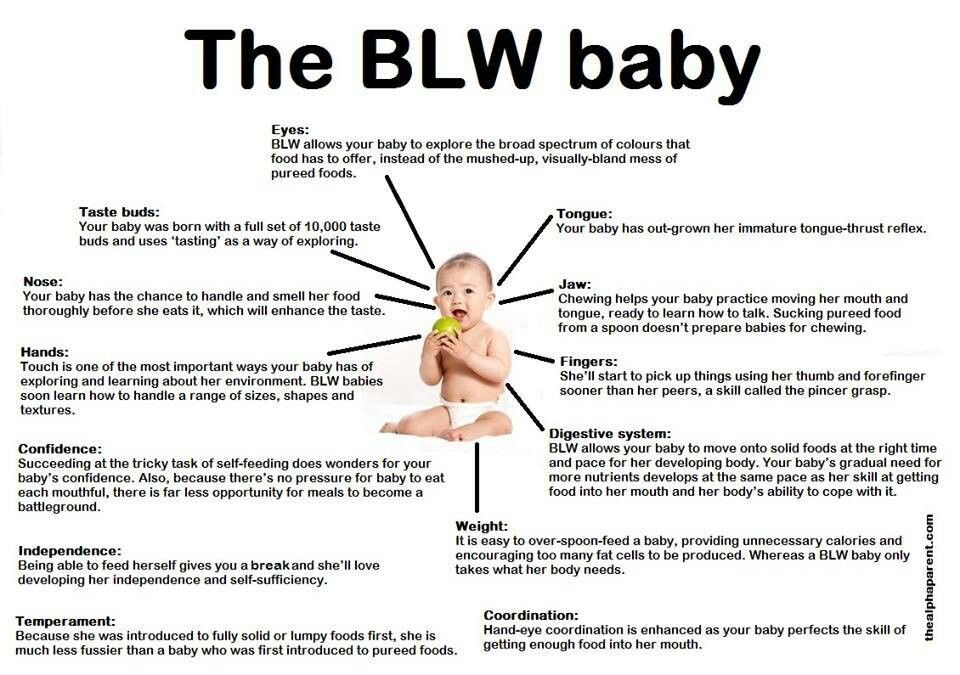 The total increase in height in the first year of life is about 25 cm.
The total increase in height in the first year of life is about 25 cm.
Centile tables for assessing the physical development of boys from 0 to 12 months.
| Body length (height), cm. Centiles in % | Age in months | Body weight, kg Centiles in % | ||||||||||||
| 3 | 10 | 25 | 50 | 75 | 90 | 97 | 3 | 10 | 25 | 50 | 75 | 90 | 97 | |
| 46.5 | 48.0 | 49.8 | 51.3 | 52.3 | 53.5 | 55. | 0 | 2.7 | 2.9 | 3.1 | 3.4 | 3.7 | 3.9 | 4.4 |
| 49.5 | 51.2 | 52.7 | 54.5 | 55.6 | 56.5 | 57.3 | 1 | 3.3 | 3.6 | 4.0 | 4.3 | 4.7 | 5.1 | 5.4 |
| 53.6 | 53.8 | 55.3 | 57.3 | 58.2 | 59.4 | 60.9 | 2 | 3.9 | 4.2 | 4. | 5.1 | 5.6 | 6.0 | 6.4 |
| 55.3 | 56.5 | 58.1 | 60.0 | 60.9 | 62.0 | 63.8 | 3 | 4.5 | 4.9 | 5.3 | 5.8 | 6.4 | 7.0 | 7.3 |
| 57.5 | 58.7 | 60.6 | 62.0 | 63.1 | 64.5 | 66.3 | 4 | 5.1 | 5.5 | 6.0 | 6.5 | 7.2 | 7.6 | 8. |
| 59.9 | 61.1 | 62.3 | 64.3 | 65.6 | 67.0 | 68.9 | 5 | 5.6 | 6.1 | 6.5 | 7.1 | 7.8 | 8.3 | 8.8 |
| 61.7 | 63.0 | 64.8 | 66.1 | 67.7 | 69.0 | 71.2 | 6 | 6.1 | 6.6 | 7.1 | 7.6 | 8.4 | 9.0 | 9.4 |
| 63.8 | 65.1 | 66. | 68.0 | 69.8 | 71.1 | 73.5 | 7 | 6.6 | 7.1 | 7.6 | 8.2 | 8.9 | 9.5 | 9.9 |
| 65.5 | 66.8 | 68.1 | 70.0 | 71.3 | 73.1 | 75.3 | 8 | 7.1 | 7.5 | 8.0 | 8.6 | 9.4 | 10.0 | 10.5 |
| 67.3 | 68.2 | 69.8 | 71.3 | 73.2 | 75.1 | 75. | 9 | 7.5 | 7.9 | 8.4 | 9.1 | 9.8 | 10.5 | 11.0 |
| 68.8 | 69.1 | 71.2 | 73.0 | 75.1 | 76.9 | 78.8 | 10 | 7.9 | 8.3 | 8.8 | 9.5 | 10.3 | 10.9 | 11.4 |
| 70.1 | 71.3 | 72.6 | 74.3 | 76.2 | 78.0 | 80.3 | eleven | 8.2 | 8.6 | 9. | ||||
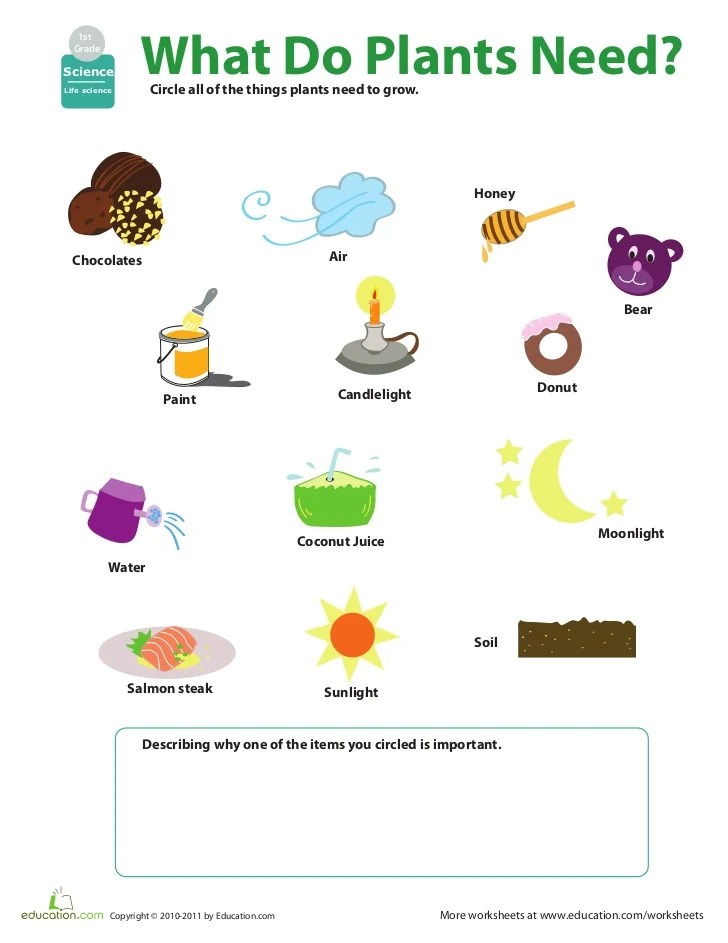 8
8 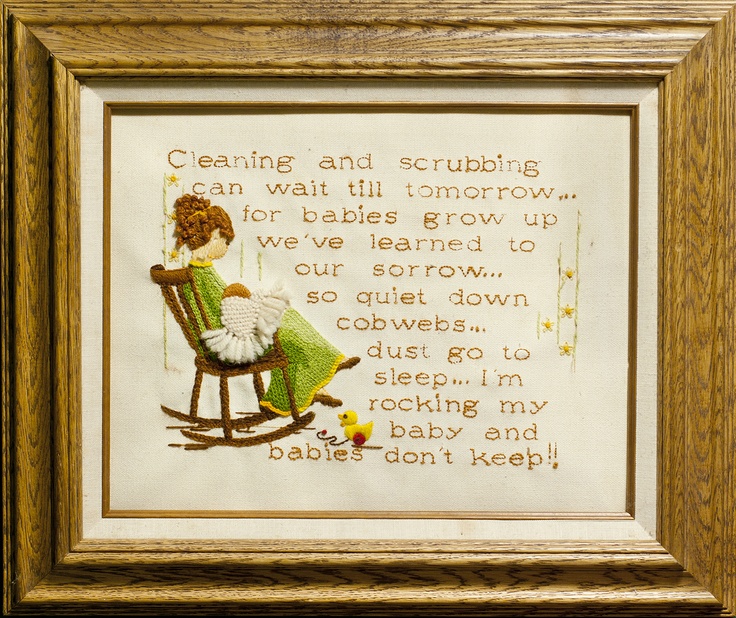 0
0  0
0 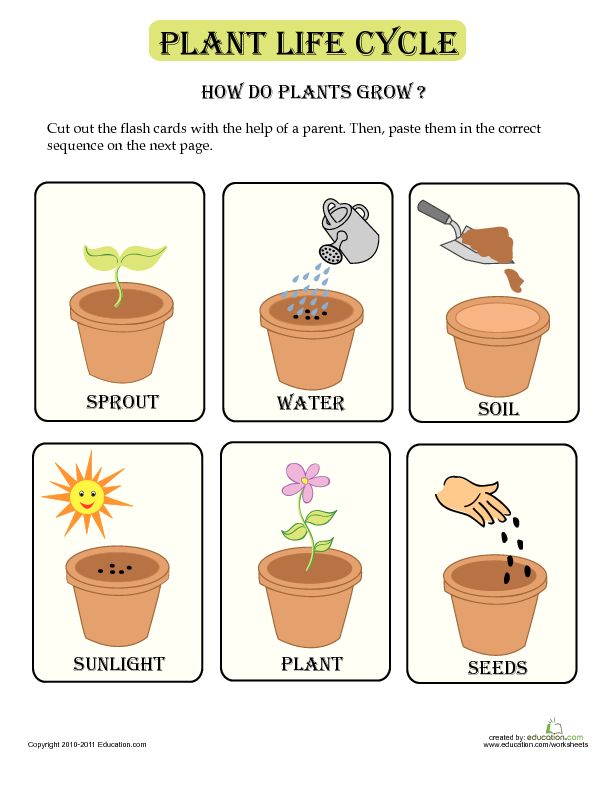 8
8 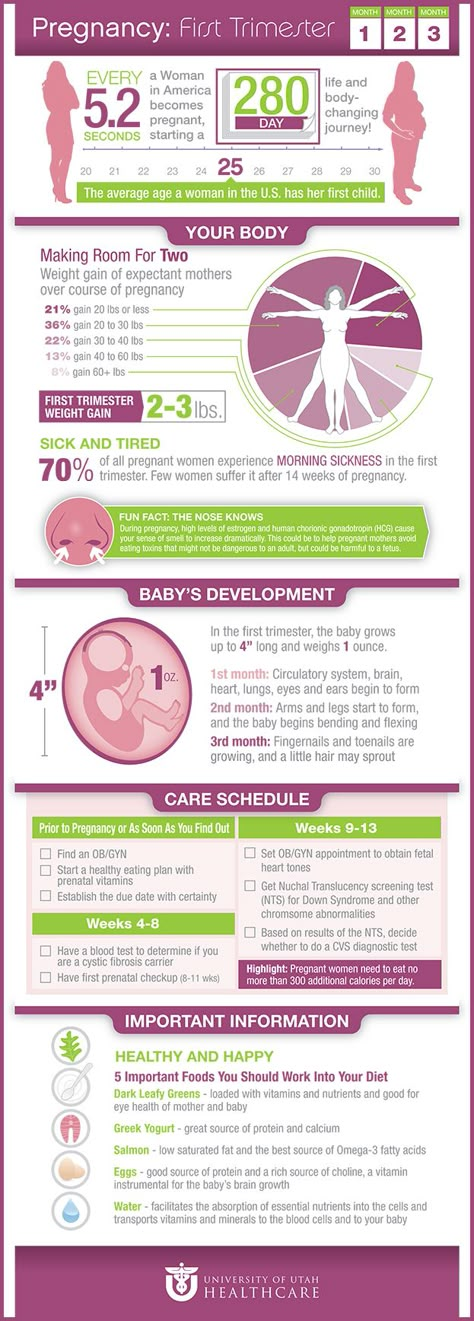 5
5  5
5 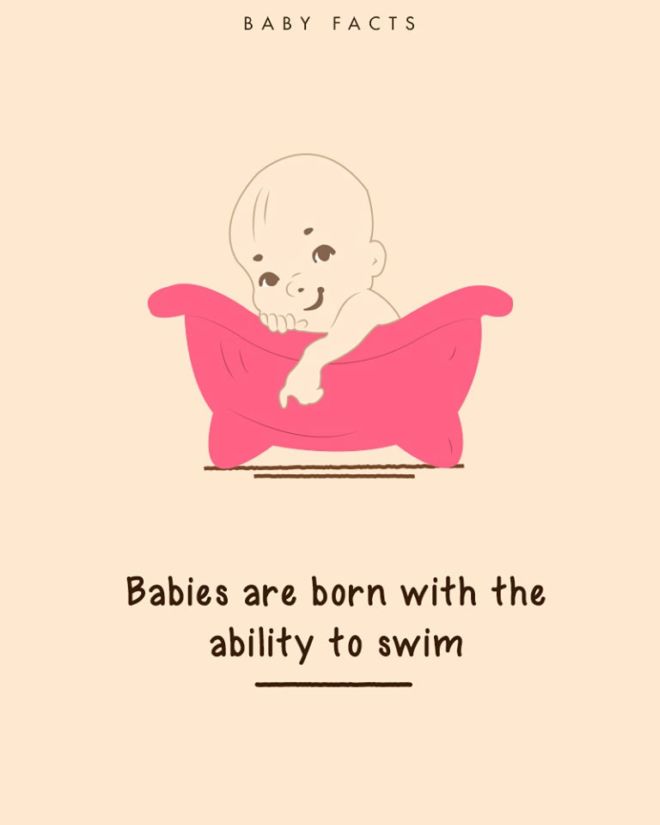 0
0 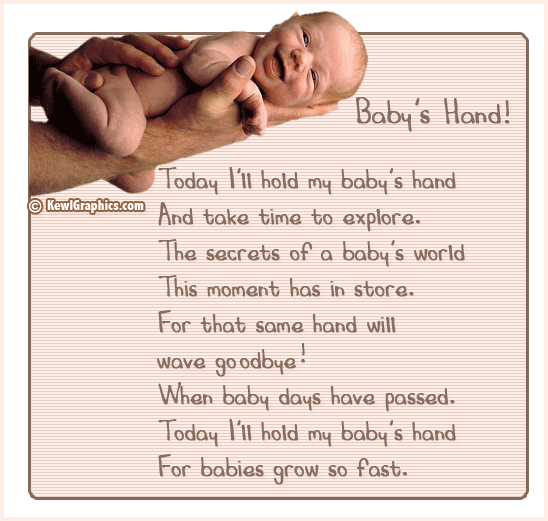 0
0 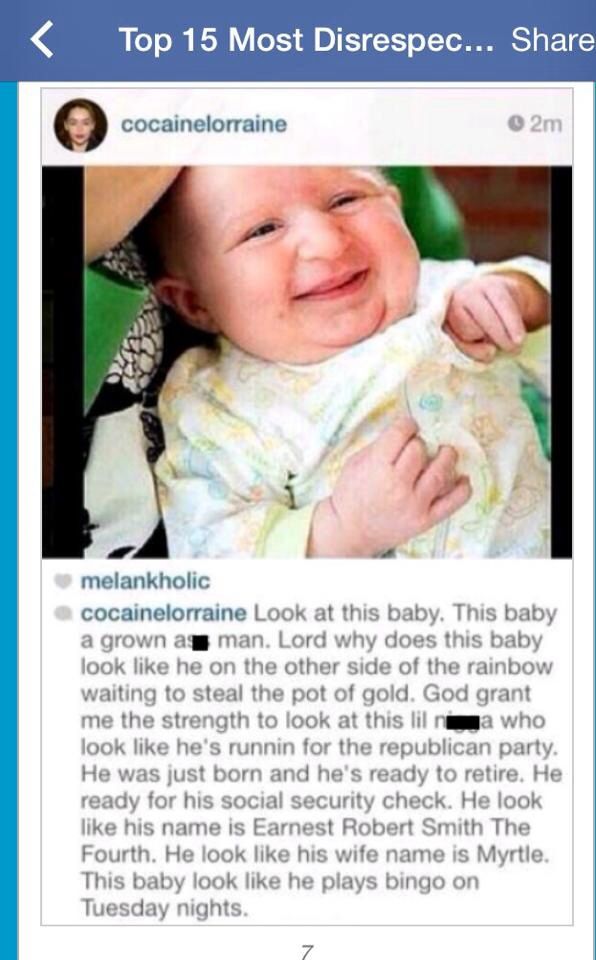 6
6 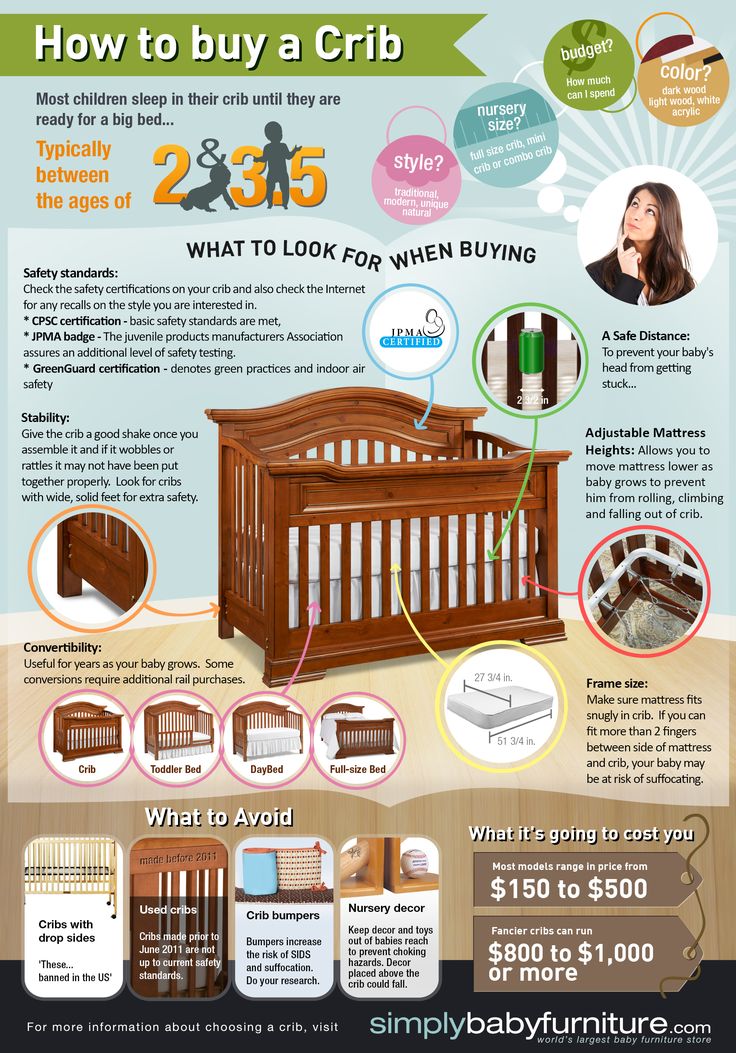 1
1 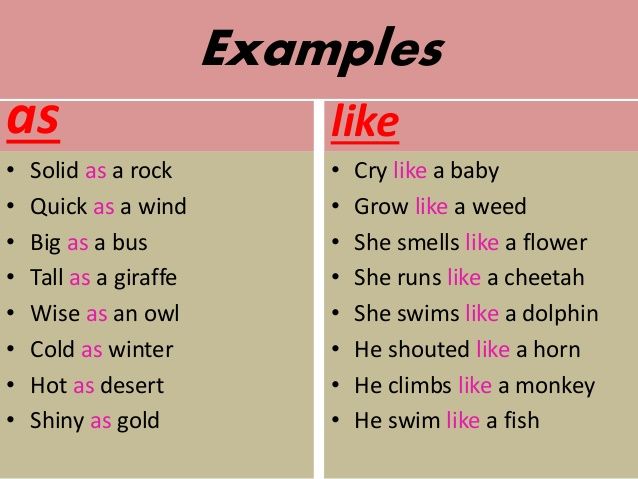 3
3 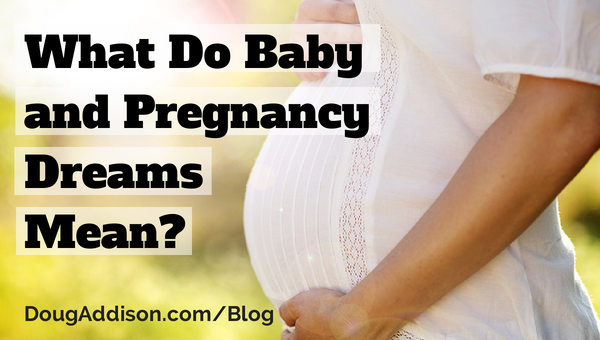 5
5 